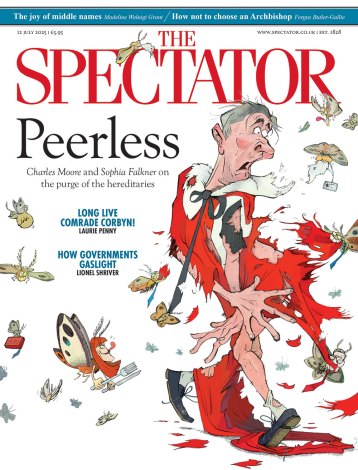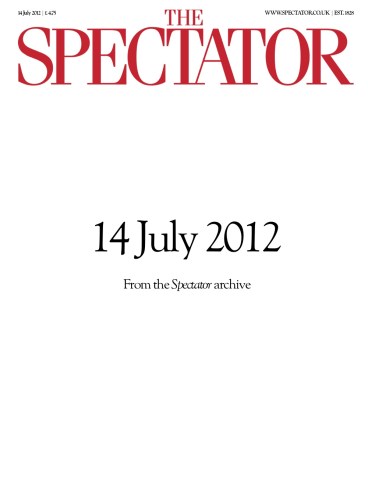Bridge | 14 July 2012
Much as I love chit-chatting, there’s no space this week. The hand I want to describe, played by Frank Multon (Monaco) in the recent Europeans, requires not one but two diagrams. Multon worked out the answer in his head during a pressurised match. The rest of us get to view all four hands at leisure,






